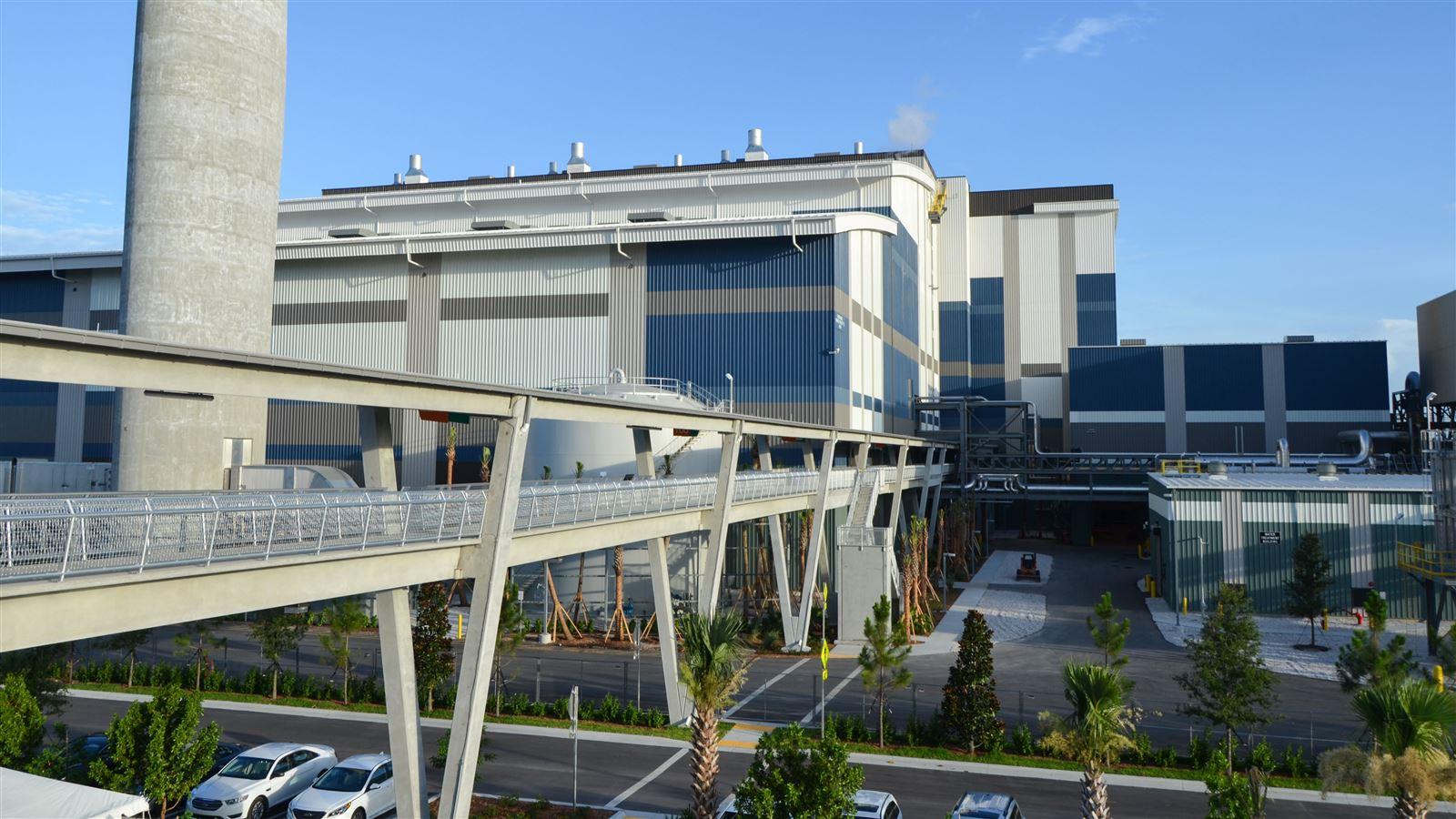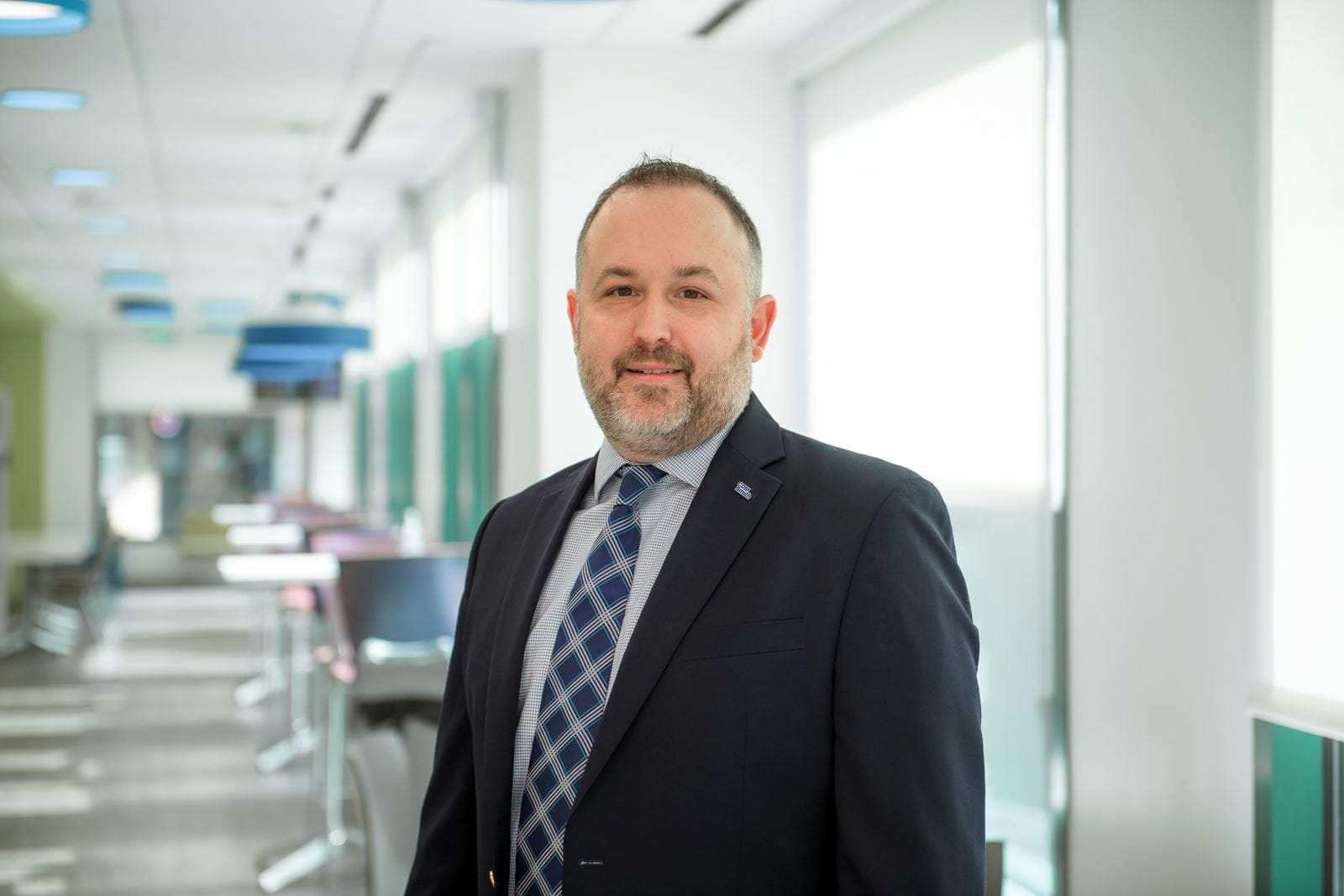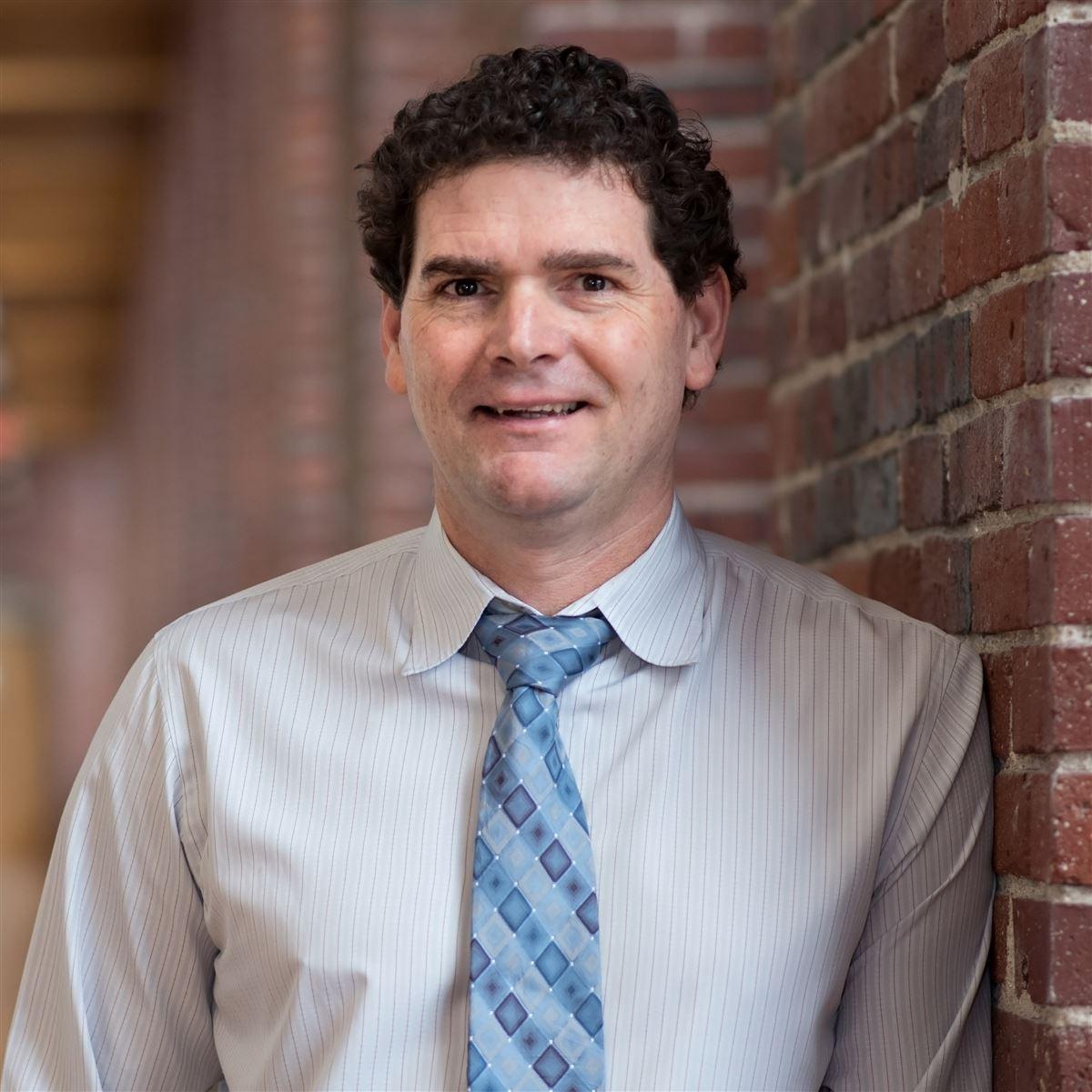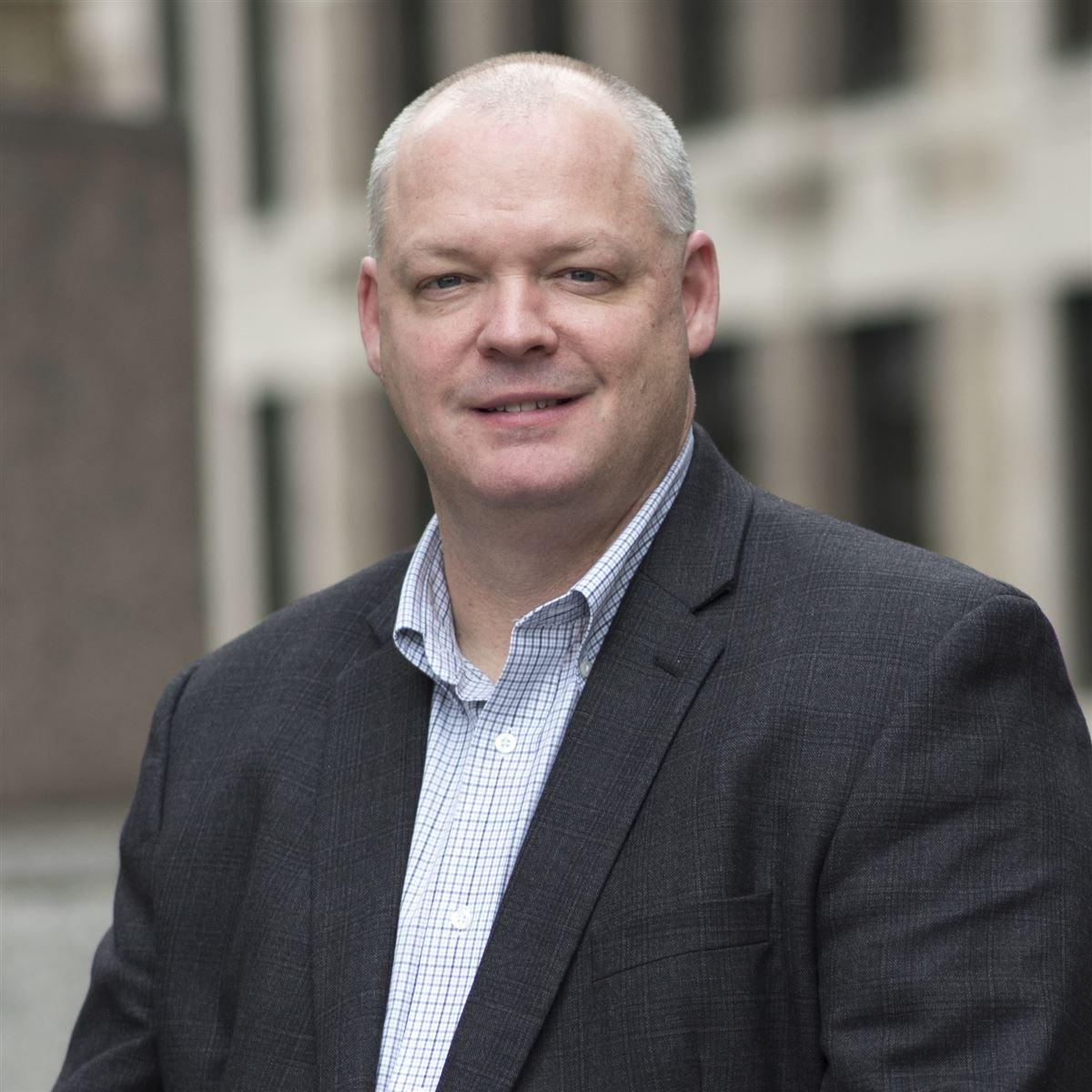Sustainable Facilities
What market drivers are guiding today’s facilities?
With fewer resources and reduced staff, clients are asking firms to fill new roles and organize teams to finance, design, build and operate their facilities. They want a partner who understands their goals and objectives, and can provide services that include finding the most creative use of their money, improving work environments for their employees, building better relationships with community stakeholders, and making sure environmental impact is reduced or kept to a minimum. Other drivers include lowering long-term operation and maintenance costs and achieving community buy-in for a project.
How are facilities addressing client needs for sustainability?
More and more, old buildings are being adapted for clients. Adaptive reuse of facilities not only saves money, but it also creates good public perception—communities are happy when a structure can still be used for good versus being torn down. In terms of materials, there is more creative reuse of components today. Repurposing plastics, metals, concrete, glass and materials cuts costs for clients and helps them achieve green standards or LEED® certification.
When discussing work environments with clients, I always discuss lighting, view and daylight. Studies show that interior work environments with lots of sunlight, clean air circulation and the ability to control temperatures increase employees’ productivity and the perception of the workplace. It is about breaking the mold of only people in offices with windows getting daylight while those farther inside are in the dark. It is important to prove to clients that these types of facilities can be created without losing any necessary functionality.
As we advance in sustainable thinking, we go from the narrow perspective of what we are doing inside our own building to thinking about how the facility can benefit everyone in the surrounding area.
How can clients make facilities more resilient in today’s changing environment?
By being as independent as possible at their facility. Clients now have their own photovoltaic systems and collect their own rainwater or greywater for irrigation or washing vehicles. If a facility can at least partially stay in power when power grids or other systems go down, then it is in business.
There also has to be an understanding of how a facility connects to the larger community ecosystem, like public transportation, density and diversity. As we advance in sustainable thinking, we go from the narrow perspective of what we are doing inside our own building to thinking about how the facility can benefit everyone in the surrounding area, and this may mean the facility provides a new service or benefit to the surrounding community.
What is the future of facilities?
The trend is toward more stringent and efficient LEED buildings. Building systems, specifically, are becoming more sophisticated, and I would be surprised if in the near future we do not have more intelligent automated systems because of the energy savings they bring. There will be a point when building envelopes will react to changing climate conditions. They will recognize when it is the perfect temperature outside and the wall systems or glazed windows will let in air or adapt to block the sun during hotter days.
In terms of the relationship between firms and clients, there may be a point when a firm can offer a facility in every single respect—from designing and manufacturing the building and its components to financing and constructing it. The more resources offered by a firm, the better the response time, quality and accountability will be for clients.
Timothy L. King, AIA, LEED AP, is a registered architect with more than 20 years of experience in public and private planning and design and has been a LEED-accredited professional since 2006. He has managed transit facilities, laboratories and design-build industrial projects and has served as a LEED administrator and champion on five LEED-certified (gold and silver) projects.
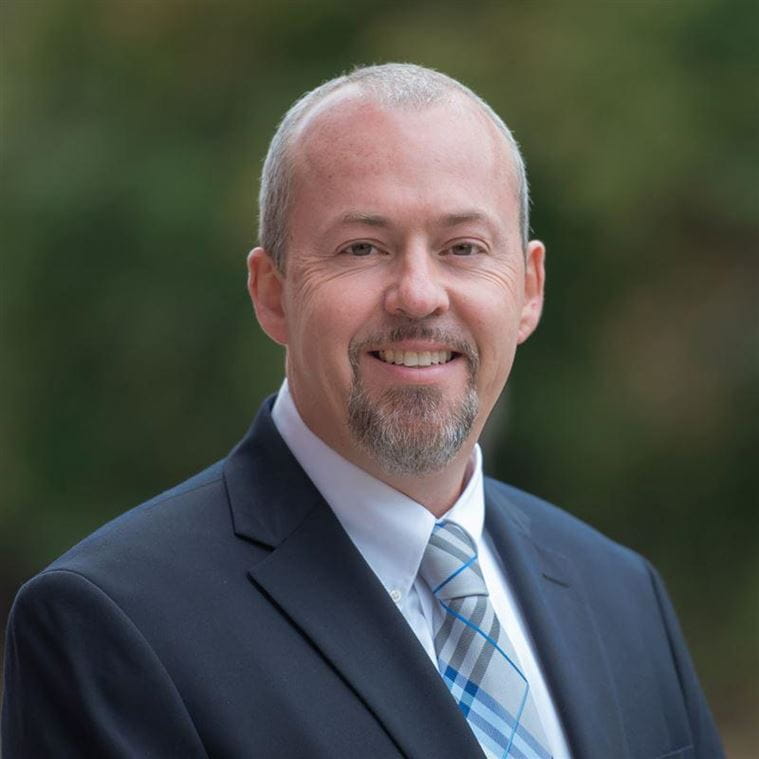
As we advance in sustainable thinking, we begin to look at how the facility can benefit the surrounding community.

